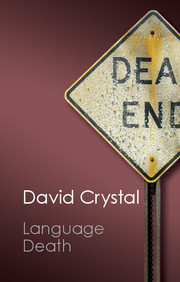Book contents
4 - Where do we begin?
Published online by Cambridge University Press: 05 November 2014
Summary
Faced with a problem of such worldwide scale, and such a limited time frame in many instances, the need for cool, careful, and coordinated action is evident. There are now enough case studies of revitalization from around the world to show that language loss is not always inevitable. A great deal can be done – and already has been done – by indigenous communities, local support groups, and outside bodies. Professional linguistic concern grew significantly during the 1990s, as has been noted in the Preface. International awareness of language rights also took a significant step forward in that decade, notably with the formulation of the Barcelona Universal Declaration of Linguistic Rights. At the same time, the increased attention has resulted in the true complexities of the situation beginning to be unravelled. The notion of language maintenance is rarely as straightforward as it seems. Even the relatively transparent task of making a linguistic recording of an endangered language turns out to have many hidden pitfalls. We therefore need to review the situation as a whole, without minimizing the difficulties. As one research team has remarked:
The paradoxical situation is that the languages will certainly die unless we do something; but, the reality is that they may also die even if we do something. Therefore, what do we do?
The remainder of this book tries to answer that question. So where do we begin?
- Type
- Chapter
- Information
- Language Death , pp. 121 - 168Publisher: Cambridge University PressPrint publication year: 2014

